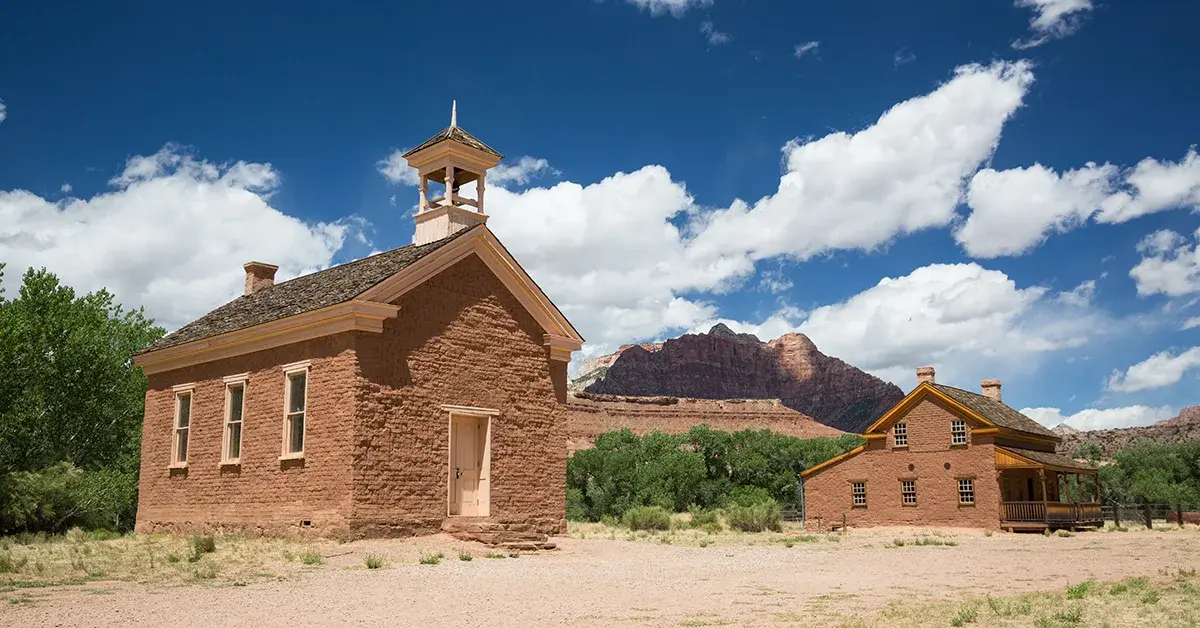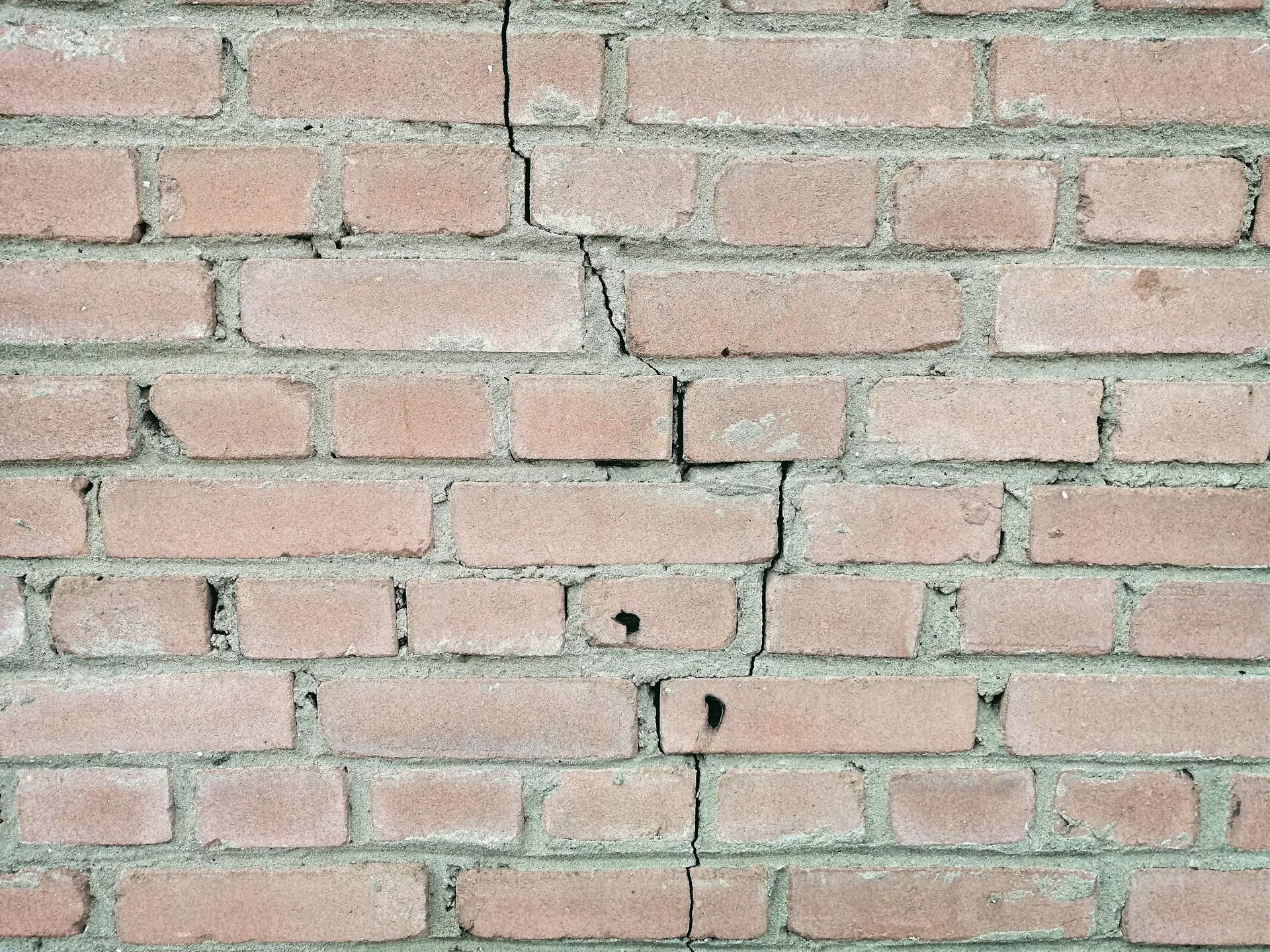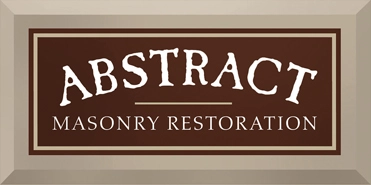Brick houses have a timeless charm, blending strength and history into the very fabric of their walls. But this classic facade can often bear the brunt of weathering and pollution, requiring a good cleaning to maintain its appearance.
Whether you’re a homeowner looking to clean your house or an architect needing to restore a historical building, the process of cleaning the exterior of a brick house is critical. It’s not just about aesthetics; a well-maintained exterior can prolong the life of your brick and mortar by decades. This guide offers comprehensive techniques for cleaning brick surfaces safely and effectively while minimizing damage.
Understanding Your Brick Facade
Don’t break out the power washer just yet. Before you start cleaning, it’s essential to understand the nature of the beast you’re tackling. Bricks vary in texture and porosity based on the type of material used, the firing process, and the age of the brick. Modern bricks are typically harder and denser, which make cleaning a bit easier, while older, softer bricks require a gentler touch to avoid crumbling.
The mortar between the bricks also plays a significant role. Soft, historic mortar can deteriorate from the gush of a high-pressure washer. Knowing these details will help you choose the right cleaning methods to suit your bricks’ specific needs.
Preparing for the Cleaning Process
Like any cleaning project, preparation is key. Here are the initial steps you should take:
- Inspect your bricks, looking out for cracks, holes, and soft spots in the mortar. Repair any damages before cleaning.
- Test a small area of your brick wall with your cleaning method of choice. This will help you gauge its effectiveness without a large commitment.
- Cover electrical outlets and fixtures that could be damaged by water. Use waterproof materials such as plastic sheeting and electrical tape.
- Clear the area around your house. This includes outdoor furniture, vehicles, and anything else that could get in the way of your cleaning operation.
How to Clean the Exterior of a Brick House
Cleaning your brick house isn’t a one-size-fits-all solution. The right method depends on the level of dirt and the condition of the brick. Here are several effective methods to consider:
Method 1: The Gentle Scrub
This method is best for lightly-soiled bricks. You’ll need:
- A soft-bristled brush
- A bucket of warm water
- A bit of diluted dish soap
Begin by wetting the brick surface with a garden hose, then dip the brush into your soapy water. Start scrubbing the bricks from the top and work your way down. Rinse the wall thoroughly with the hose. This method uses less pressure and chemicals, making it less likely to damage the brick or mortar.
Method 2: Pressure Washing
We’ve covered pressure washing brick before, but here’s a refresher. Ensure you use the appropriate pressure setting and stand several feet away from the surface to avoid damage. Always start with the lowest pressure to test the impact on your bricks.
- Use a pressure washer with a PSI (pounds per square inch) of 1500–2000 for residential brick.
- Create a cleaning solution with water and brick-friendly detergent in the machine’s reservoir.
Work in small sections, holding the washer at an angle to the wall, and never pointing directly at the mortar joints. Remember, consistency is better than power — a gentle, sweeping motion will provide the deepest clean without risk of harm.
Method 3: Chemical Cleaning
For the most stubborn dirt, you may need to add chemicals. However, this method is best left for last, as it involves specialized solutions and can be hazardous to your health and the environment.
- Use a commercial brick cleaner according to the manufacturer’s instructions, taking care to wear protective gear.
- Apply the cleaner to the wall using a spray bottle or garden sprayer.
- Allow the solution to sit for the recommended dwell time, typically 10-15 minutes.
- Rinse the wall thoroughly with a garden hose or pressure washer.
Method 4: Cementitious Grime Removal
If you’re dealing with cement or mortar smears, you’ll require a brick-acid cleaner, typically hydrochloric or sulfuric acid-based.
- Mix the cleaner according to instructions, usually 1 part acid to 10 parts water, and always add acid to water, not the other way around.
- Apply the solution to the affected areas, again giving it time to work before rinsing.
- This is the most aggressive cleaning method and hence, extreme caution must be exercised, following all safety measures.
Post-Cleaning Maintenance
In order to keep your bricks clean as long as possible with much less work, you’ll want to follow up with these maintenance tips:
- Routinely inspect your brickwork to catch issues before they become problems.
- Keep vegetation trimmed and away from the house. Plants can hold moisture against the bricks, causing efflorescence or staining.
- Repair mortar joints as needed to keep moisture out of your bricks and prevent further erosion.
Cleaning the exterior of a brick house might seem daunting, especially if you’re working with a historic home, but with the right approach, it can be both manageable and rewarding. It’s a process that marries science with the careful application of effort and tools, all to preserve the beauty and integrity of one of the most enduring building materials in history. By heeding these guidelines, your brick house will stand as a testament to the craft and care you put into its maintenance. Remember, it’s a marathon, not a sprint — be patient, and your bricks will thank you for years to come.







